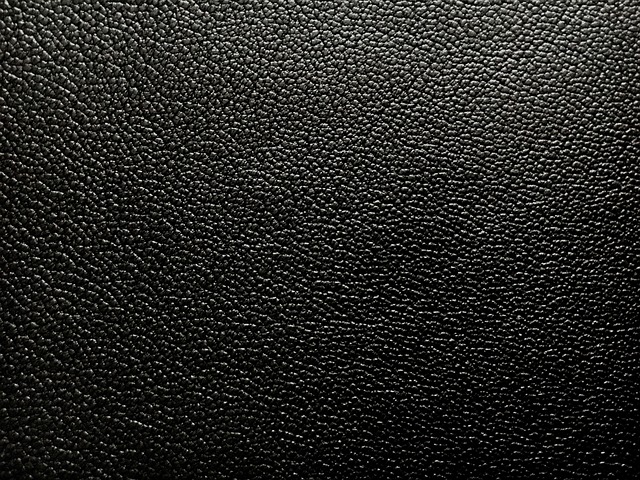When shopping for leather products, you’ll often come across two main types: PU leather vs. genuine leather. While both have their advantages, they serve different purposes and cater to different preferences. In this guide, we’ll explore their differences, pros, and cons and help you decide which is best for you.
What is PU Leather?
PU leather, or polyurethane leather, is a synthetic material made by coating a fabric base (usually polyester or cotton) with a layer of polyurethane. This gives it the appearance of genuine leather without using animal hides.
Pros of PU Leather:
- Affordability: PU leather is significantly cheaper than genuine leather, making it a budget-friendly choice.
- Vegan & Eco-Friendly Options: Since PU leather is synthetic, it’s a great option for those who prefer cruelty-free products.
- Variety of Colors & Textures: It can be produced in various styles, colors, and finishes, mimicking different types of genuine leather.
- Water Resistance: Unlike genuine leather, PU leather is more resistant to water and easier to clean.
Cons of PU Leather:
- Durability Issues: PU leather is not as strong as genuine leather and tends to peel or crack over time.
- Artificial Feel & Smell: It lacks the rich texture and natural scent of real leather.
- Breathability: PU leather doesn’t allow air to pass through, which can make it less comfortable in hot conditions.
What is Genuine Leather?
Genuine leather is made from animal hides that undergo a tanning process to enhance durability and appearance. It is widely used in luxury products such as jackets, bags, wallets, and shoes.
Pros of Genuine Leather:
- Superior Durability: Genuine leather can last decades with proper care, developing a unique patina over time.
- Luxurious Look & Feel: The texture, scent, and natural grain of genuine leather provide a premium appeal.
- Breathability: Unlike PU leather, real leather allows air to pass through, making it comfortable to wear and use.
- Aging Gracefully: High-quality leather products improve in appearance and texture over time.
Cons of Genuine Leather:
- Higher Cost: Due to its quality and craftsmanship, genuine leather is more expensive than PU leather.
- Maintenance Required: It needs regular conditioning and care to prevent drying or cracking.
- Not Water-Resistant: Genuine leather absorbs moisture, which can lead to stains or damage if not protected properly.
PU Leather vs. Genuine Leather: A Side-by-Side Comparison
| Feature | PU Leather | Genuine Leather |
|---|---|---|
| Price | Affordable | Expensive |
| Durability | Less durable, may crack over time | Long-lasting, can last decades |
| Appearance | Imitates leather, but may look artificial | Natural grain, premium finish |
| Feel | Smooth but synthetic | Soft, textured, and organic |
| Water Resistance | More resistant to water | Absorbs moisture |
| Breathability | Not breathable | Breathable and comfortable |
| Eco-Friendliness | Vegan options available | Animal-based product |
Which One Should You Choose?
- If you’re looking for a budget-friendly, vegan, and stylish option, PU leather is a great choice.
- If you value durability, luxury, and a natural feel, genuine leather is the way to go.
- For everyday fashion items like jackets and handbags, PU leather is practical. However, for long-term investments like premium leather wallets, shoes, and belts, genuine leather is worth the price.
Final Verdict
PU leather and genuine leather have their place in fashion and lifestyle products. Your choice depends on budget, durability needs, and ethical considerations. If you’re looking for high-quality genuine leather products, explore our collection at Leathersnest.com. Where craftsmanship meets timeless style.


